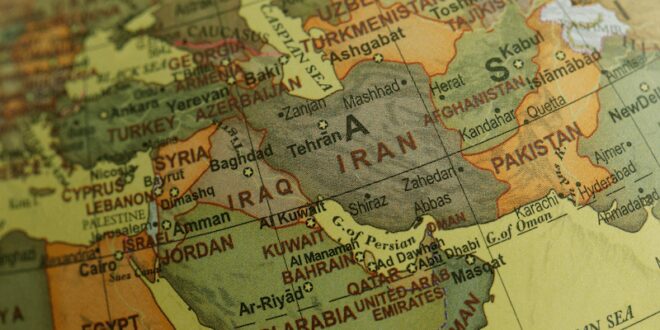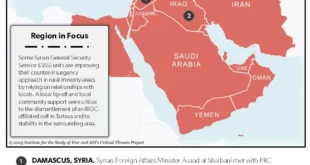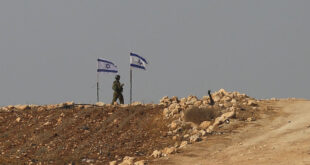Iran’s recent decision to construct a 295 km wall along its border with Afghanistan is a stark reminder of the regional and global anxieties surrounding the rise of terrorism under Taliban rule. This wall is not just a physical barrier but a symbol of Iran’s growing concerns about the spread of extremism and instability from its eastern neighbor. As the world watches Afghanistan transform into a sanctuary for terrorist organizations, Iran’s move underscores a collective regional response to a shared threat.
The decision to build the wall resonates with the concerns already expressed by Pakistan and other neighboring countries. Since the Taliban’s return to power, Pakistan has consistently voiced alarm over the surge in cross-border terrorism. The rise of groups like Fitna-e-Khawarji and ISKP, which have carried out numerous attacks in neighboring countries, further validates Pakistan’s concerns. Iran’s construction of the wall is a tangible acknowledgment that Afghanistan under Taliban rule has become a breeding ground for extremist activities that threaten regional stability.
The international community has not been silent on this issue. The United Nations and other global organizations have documented the resurgence of terrorist groups such as Al-Qaeda, ISIS-K, and others in Afghanistan. These reports highlight the dangers posed by the Taliban’s inability or unwillingness to curb these groups’ activities. Iran’s decision to fortify its border is a proactive step in line with these global concerns, aiming to protect its citizens from the ever-present threat of terrorism.
Iran is not alone in taking such measures. Pakistan has already invested heavily in fencing its border with Afghanistan, a move driven by the same fears that now prompt Iran to build its wall. The porous nature of the Afghan border has long been a source of concern for both countries, with militants exploiting the lack of secure boundaries to launch attacks and evade capture. By erecting these barriers, Iran and Pakistan are sending a clear message: the threat from Afghanistan is real, and decisive action is necessary to counter it.
The implications of this move extend beyond Iran and Pakistan. The entire region is grappling with the consequences of a resurgent Taliban and the spread of terrorist ideologies. Central Asian countries, too, have expressed concerns about the infiltration of extremist groups from Afghanistan. Iran’s wall, therefore, is not just about national security; it is a regional measure reflecting a broader consensus on the dangers emanating from Afghanistan.
The construction of the wall also highlights the limitations of diplomatic engagement with the Taliban. Despite numerous attempts by regional and global powers to engage with the Taliban and encourage them to rein in terrorist groups, the reality on the ground suggests that these efforts have largely failed. The Taliban’s governance, marred by internal divisions and a lack of control over various factions, has allowed terrorist organizations to operate with relative impunity. In this context, Iran’s wall is a pragmatic response to an increasingly untenable situation.
However, the wall is not without its challenges. The rugged terrain of the Iran-Afghanistan border presents significant logistical difficulties, and the construction process is likely to be fraught with obstacles. Moreover, the wall’s effectiveness in preventing the infiltration of terrorists is not guaranteed. Terrorist groups have historically shown a remarkable ability to adapt to new challenges, and it remains to be seen whether the wall will be able to stem the tide of cross-border terrorism.
The wall also raises questions about the humanitarian impact on the Afghan population. Many Afghans have historically relied on cross-border trade and movement for their livelihoods, and the construction of the wall could disrupt these traditional patterns. Iran will need to carefully consider the balance between security and the potential hardships imposed on ordinary Afghans.
In conclusion, Iran’s decision to build a 295 km wall along its border with Afghanistan is a significant development in the ongoing struggle against terrorism in the region. It reflects the growing realization among neighboring countries that Afghanistan, under Taliban rule, poses a serious threat to regional stability. The wall is a defensive measure, a recognition that diplomatic efforts alone have not been sufficient to address the dangers emanating from Afghanistan. As Iran joins Pakistan in fortifying its border, the region must come together to address the shared threat of terrorism and work towards a collective security framework that can effectively counter the challenges posed by the Taliban’s Afghanistan.
 Eurasia Press & News
Eurasia Press & News



